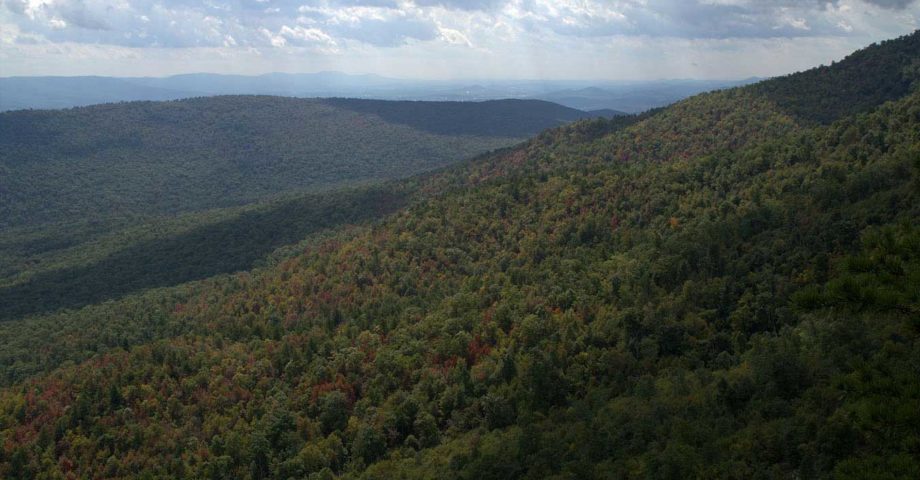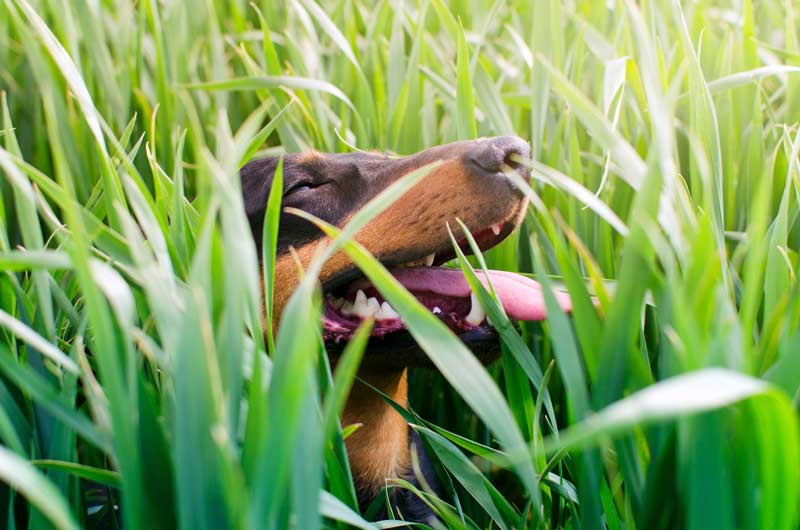Leash Laws: Most parks require dogs to be on a leash in some or all areas, however, some parks allow dogs off leash in certain locations, please consult the parks website before going off leash, Thank you!
- **Giardia spp. are parasitic protozoans (single celled organisms) found in the intestines of many animals, including dogs. Sometimes called “Beaver Fever”, Giardia is transmitted from host to host by ingesting cysts in contaminated feed or drinking water. Cysts may also be found in streams or other water sources.
If your dog drinks from a native stream or pond watch for symptoms that can appear within 1-2 weeks of ingestion. Dogs can carry the disease and show no symptoms or dogs might have mild recurring diarrhea, to acute explosive diarrhea. Other signs associated with giardiasis are weight loss, listlessness, mucus in the stool, and anorexia. These signs are also associated with other diseases of the intestinal tract, and are not specific to giardiasis. Giardia can infect humans. If you think your dog may have been infected see your vet.
To avoid the risk of your dog being infected by Giardia take plenty of clean water for your dog so it won’t have to drink from native streams. A leash comes in handy to keep dogs from drinking from streams.
- Consult the park website before traveling all information is to be used as a guide.
- Respect local wildlife.
- Leave no trace – What you bring in, you bring out.
- If you are visiting during the hottest months of the year, a “palm test” is recommended before walking your dog – place your hand on the pavement for a minute and see if it is comfortable there. If the pavement feels hot to your palm, it will be hot to your dog’s paws.
1-888-265-0019
George Washington and Jefferson National Forest Website
George Washington and Jefferson National Forest Camping
George Washington and Jefferson National Forest Hiking
George Washington and Jefferson National Forest Volunteer





Leave a Comment
Have you been here before? Leave a helpful tip to let others know the best spots
We do our best to keep all information current and accurate - If you see an error or think we have missed something please contact us directly.